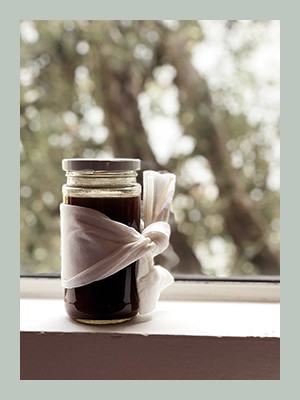- nbhd -
culver city + palms
Culver City. Oh how you’ve changed over the years. From the backyard of West LA that would only be populated by Sony employees on weekdays, to one of the trendiest neighborhoods to live work and play in, weekdays and weekends. All within a few years.
Culver City holds a special place in my heart because, after Westwood, it was the first neighborhood that I got to know well. Over the course of a year, while working at Sony, circa 2014 aka the year of the Sony Hack, the triangular intersections of Culver became as familiar, and the drive down Westwood Blvd to Overland became muscle memory. Back then, Culver was quiet. There were a few pockets of commercial activity here and there, but it wasn’t a destination. It held a quaint kind of old Hollywood charm, the friendly ghost of MGM haunting its streets and a gaudy rainbow rising above the neighborhood.
Fast forward to about 2018 and suddenly people were coming to the area for fun? Suddenly you look around and realize that half the buildings you see weren’t there a couple years ago. Then there’s the PLATFORM, bringing in one of each of the most obnoxiously trendy shops to the neighborhood. And then you start to understand how Culver City is a force to be reckoned with, sprawling from the trendy local spots along Washington west of the 405 to the strangely industrial “arts district” on the eastern end, home to Apple and the west coast outpost of pretty much every publication you can think of. Meanwhile, Palms still feels profoundly local, though it’s getting increasingly populated by single professional residents than families.
Give it another few years and the neighborhood will be practically unrecognizable from my Sony years, with so many developments on the way. Culver City is the only place I’d live on the west side. Too bad I won’t be able to afford it given this trajectory.
























